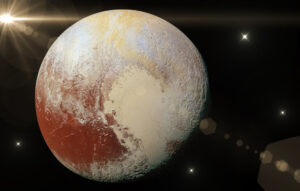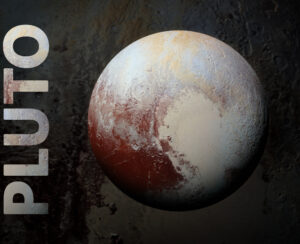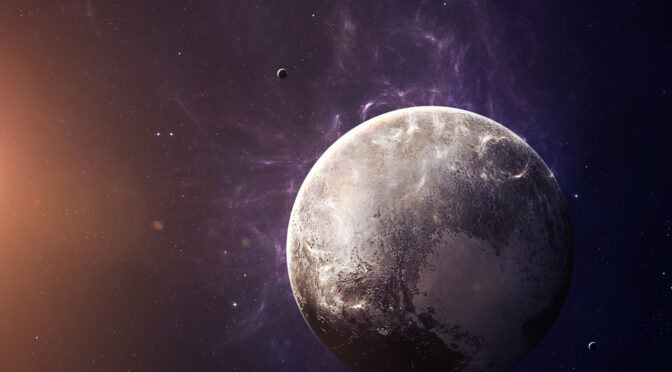Well, this is interesting.
We wrote an article on this a few years ago, but no one seemed to care or believe us! The reaction for that article was pretty lackluster, well now this news has spread to mainstream science sites.
Back in 2006 poor Pluto got demoted back to a non-planet status, and now the little rock in space is stirring up more interest.
It looks like it does in fact have it’s own subterranean ocean under it’s frozen crust.
The question it raises is, how could a planet that’s almost 4 billion miles away from the sun not be completely frozen? How does it contain water that doesn’t instantly freeze up in the vacuum of space?
Last July, NASA noticed shifting tectonic activity that could only be explained by an underground ocean splashing around.
Now, scientists are realizing that it needs a bit of water underneath the surface to allow for some movement.
Basically, if the liquid ocean would have been solid ice, it would be crushed by the heavier outer exterior. It’s being described as a dried up fruit that would just shrivel up from the inside if this ocean wasn’t present. Who knew this water was keeping Pluto afloat?
Researches think it’s the hot core of Pluto that emits enough heat to keep the water in a liquid state, rather than it slowly freezing over time.
 This means Pluto, while still not inhabitable for humans, is a lot less of a frozen tundra than we thought!
This means Pluto, while still not inhabitable for humans, is a lot less of a frozen tundra than we thought!
What is the most fascinating aspect of this finding is that it’s now clear moons and planets are able to have water on them without a tidal force.
Because of our moon, we have the ebb and flow of water, but what would happen if we didn’t have one? We seem to think there would be no flow or pull to the water, but Pluto having water within it might change this view.
Scientists say this mean this opens the possibilities for many other planets to have water within them. This also opens the door for interesting theories of Pluto’s past. Was it always the barren frozen tundra we know Pluto as?
Or was it once something different? You be the judge!
Thanks to Science Alert!

